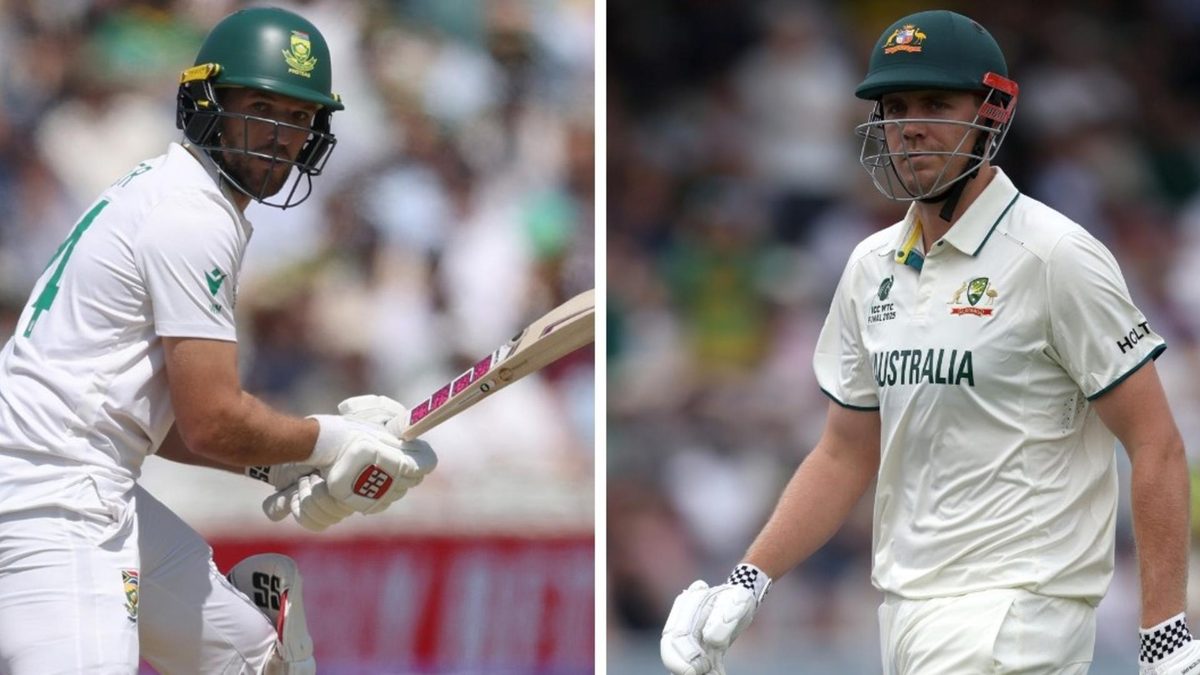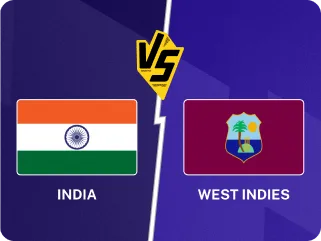
The revered No.3 in Test cricket has been on the decline for quite some time: the change is not arbitrary.
The World Test Championship final is, by ICC’s design, the most high-profile contest in the format. The two best teams in the world are expected to field two outstanding line-ups for a contest of this stature.
They lived up to the expectations – almost. Cameron Green, the Australian No.3, had originally come into the side as a fast-bowling all-rounder. He had never batted at one-drop before, and averaged 36 with the bat coming into the final. Wiaan Mulder, his South African counterpart had batted at three before – but only twice, for scores of 15 and five in his only outings in the top five. He averaged below 23 and, like Green, bowled seam.
To sum up, the two best Test sides in the world used seam-bowling all-rounders at No.3 in a global final. If this did not seem jarring, it was probably because the one-down batting position is not as revered as it used to be.
Ollie Pope, England’s No.3, averages 34.10 at that position away from home. Karun Nair was the sixth Indian to bat at three in the last ten Tests. The West Indies have used Kirk McKenzie, both of whom average below 20 at one-drop. Pakistan have tried several options, but have only one hundred from that slot since Azhar Ali retired in end-2022.
One can go on, but it will perhaps be sufficient to note that among current Test No.3s, a batter of Kane Williamson’s stature is an exception, not the rule. Barring the odd venture, Joe Root and Steve Smith have both relinquished the spot long ago.
The number three position is no ordinary spot. Don Bradman used to bat here, as did Wally Hammond and George Headley, his great contemporaries. This is a slot David Gower, Ricky Ponting, and Kumar Sangakkara once used to own. Rahul Dravid, Cheteshwar Pujara, Jonathan Trott, and – until he lost form – Marnus Labuschagne offered solidity at that slot.
Viv Richards, Brian Lara, Jacques Kallis, Younis Khan were all No.3s as well: when they dropped down the order, the role was fulfilled by Richie Richardson, Ramnaresh Sarwan, Hashim Amla, Azhar Ali – batters of reasonable quality who made thousands of runs there.
So what went wrong – and since when?
A seven-year switch
It began in 2018. Whether it was the changing pitches or the mastery of the wobble-seam by bowlers around the world is difficult to tell, but fast bowlers averaged 25.39 that year – the best since 1956.
It was not a one-off. Fast bowlers averaged 26.36 the year after – the best since 1981 (with the exception of 2018, of course). That year, 2019, was also when the WTC took off. Teams did not take time to figure out that a draw (four points) was closer to a defeat (zero) than a win (twelve), and a home draw was little different from a defeat.
To avoid draws, some teams began to prepare wickets that suited bowlers. Bowling averages – seamers and otherwise – dipped. Across the past 25 years, the seven best entries for bowlers have been from the eight years between 2018 and 2025.
But that does not tell the entire story. The batting averages of each of the top six positions – it can be assumed that these players occupy these positions based on their batting abilities – have dipped when pitted against the period between the start of 2000 and the end of 2017.
Given the rise of fast bowlers, the drop for opening slots is more or less predictable. What stands out is the steep decline of the batter after that, something even Mulder’s colossal 367 not out was unable to dilute. No batting position in the top six has been impacted as much.
Reason and remedy
It is difficult to pinpoint one reason behind this dip of the No.3, but one thing stands out. The average opening stand between 2000 and 2017 had lasted 70 balls. In the latter phase, it has come down to 61 – an over and a half sooner.
If nine balls do not seem significant, here is some perspective: Malcolm Marshall struck every 47 balls in Test cricket and Kemar Roach every 53.
The No.3, thus, is facing a newer ball every time. The openers are used to facing the new ball, but the task has got difficult for the batter following them. The teams have been forced to adopt a different approach.
We have already mentioned Green and Mulder, who also chip in with the ball (though Green’s injury prevents him at this point). Both men bat just ahead of the significantly superior batters Smith and Temba Bavuma. Neither Green nor Mulder – this list can be extended to Pope, Nair, and beyond – is among the best two middle-order batters in the sides.
England had used Moeen Ali in the role before. While chasing 251 at Headingley in the 2023 Ashes, he reprised that role, soaking up the new ball before Root came out, followed by the heavy artillery of Harry Brook, Ben Stokes, and Jonny Bairstow.
Moeen explained the promotion: “If I can even just play 10 overs and we get through that hardness of the ball it’s probably easier for the other guys to come in … If I come off once in four knocks, if I do play the next one, and chip in the other ones it’ll be a decent job done.”
It is a role on the same lines as a night-watch, but it is different at the same time. The night-watch is usually a tail-ender. This new (and increasingly popular) No.3 is not that. However, he is among the weakest of the specialist bats and may have a second skill. His role at that position would be to keep the No.4 (often the best batter of the side) and others away from the new ball as long as possible.
A “false three”, Will Macpherson called Moeen’s role in The Telegraph in 2023. We can perhaps call it a day-watch.
Food for thought
Several teams use very aggressive No.5s these days. Since the start of 2024, Brook (84), Travis Head (78), Rishabh Pant (74), and Kamindu Mendis (64) have all had exceptional strike rates at that position.
Three and four have traditionally been the best middle-order batters in Test cricket. The new generation of one-down batters might have pushed most sides to use their best batters to four and five. The second-best batter now comes against a much older ball and can play the shots with more freedom.
Correlation or causation?








